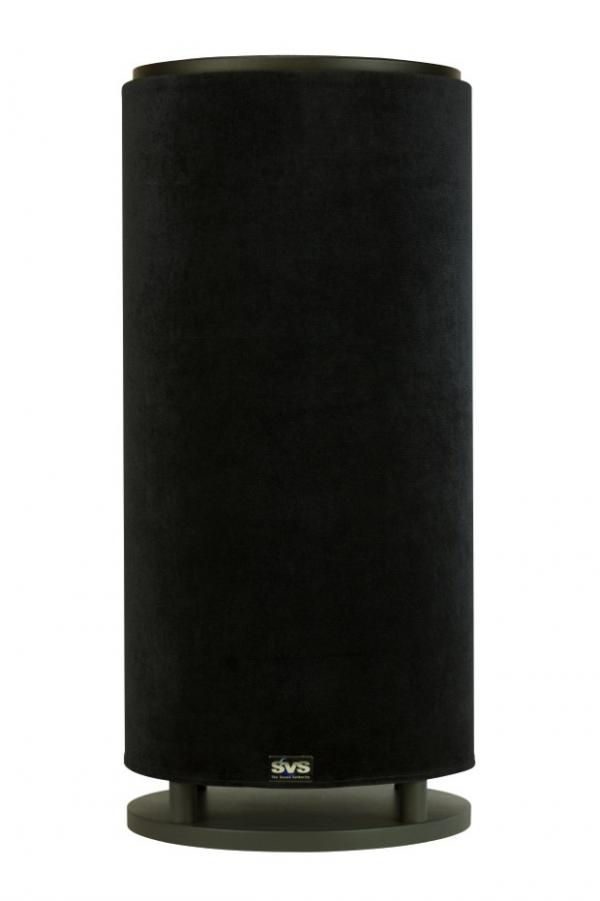Good day Brent,
I own both the Klipsch RW12d and the SVS PC12nsd (just purchased the other day).
I have watched The Wolverine yesterday to test (by ear) my new PC 12 NSD on movies. I have set the gain control of the sub to 1:00 o'clock (contrary to the recommended 10 to 12 o'clcok setting) and did some manual adjustments with the rest of my system setting all speaker and subwoofer levels in my denon 1911 to 0 db. I also used these speakers/sub settings with my Klipsch RW12d with the RW12 gain at its default setting of 0 db and flat mode. I believe that the RW12d default gain of 0 db is equivalent to a 2:00 o'clock gain in other subwoofers with control knobs. Compared with the RW12d, the PC12 was deeper and has a smoother response.
While watching The Wolverine bluray , I have turned the volume of my denon avr 1911 receiver to -8 db, the volume level which I usually use to watch movies. During the scene where the bomb dropped by an airplane exploded, the sound was deep and clean but the limiter of the PC12 red led continuously lighted until the explosion and low rumbles subsided. The same scene with low LFE content and even more demanding scenes like the ones from Star Trek and the Pacific Rim were handled comfortably by my RW12d. Although I do not have the proper SPL meter to properly compare the loudness level of the two subwoofers, I could easily compare that their output levels are the same. Could you please enlighten me through my following querries:
1. Does this mean to say that the PC12 has reached its maximum output and can not go any louder, or the limiter has been set conservatively?
2. When the limiter red led lights steadily with the duration of high LFE level, will it pose danger to the PC12? I believe that the function of the limiter will set an output limit to the PC12 that even if I crank my system to higher levels, the subwoofer can not go louder anymore and even if the red led lights steadily, its amplifier is protected from being blown out, is this correct? Most AV receivers, like mine, has also volume limiters to avoid damage to the speakers. Mine is set to 0 db in my receiver.
3. Does this mean that the smaller Klipsch RW12d is louder than the larger PC12NSD? By measurements made by Sound and Vision, the PC12 should be louder. You have measured maximum SPL output of the two as follows:
RW 12d: ultra low bass, 108 db; low bass, 115 db.
PC12NSD: ultra low bass, 115.6 db; low bass, 118.1 db.

























































